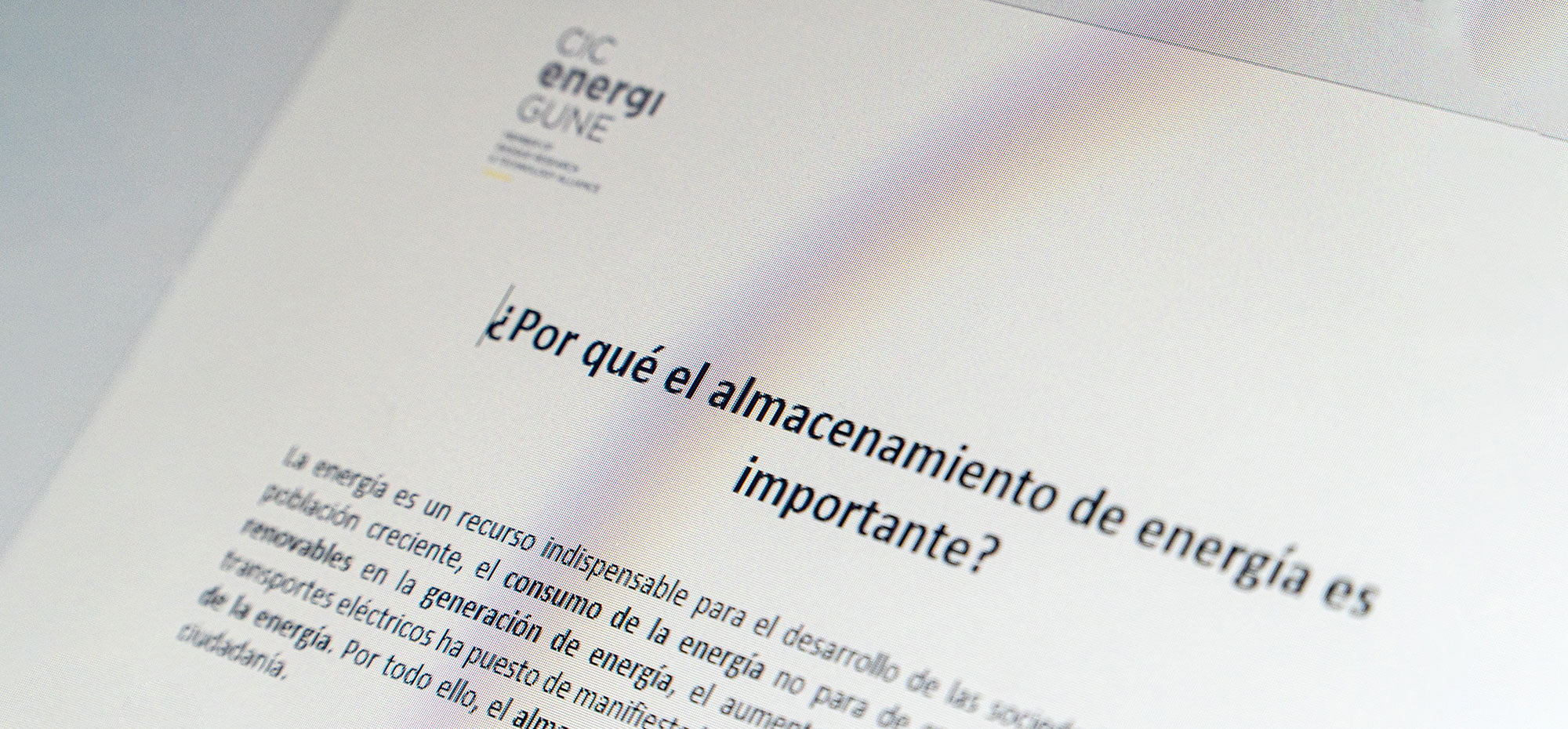Transition metal (TM) layered oxides, or simply layered oxides (NaxTMO2), have two-dimensional layered structures (generally P2 and O3 structures) that allow reversible sodium insertion. The great advantage of these compounds lies in their low molecular weight, which results in a high theoretical specific capacity.
However, in addition to having a moderate redox potential, they undergo multiple phase transitions during the deinsertion/insertion of sodium ions - resulting in structural instability during charge/discharge, especially at high voltages, leading to low cyclability. This structural instability can be mitigated by reducing the voltage window, but at the expense of penalizing the capacity (which, for example, is typically reduced from 240 mAh/g to 120 - 150 mAh/g).
The key to maximizing electrochemical performance lies in carefully selecting the right combination of transition metals - allowing us to achieve energy density and cyclability values suitable for future practical applications.
Some spin-off, such as Faradion Limited (UK) and HiNa Battery Technology Co (China), have performed tests on prototype cells in pouch/cylindrical format using a layered oxide with cathode materials possessing stoichiometries of NaxNi1-x-y-zMgxMnyTizO2 and Na0.9Cu0.22Fe0.3Mn0.48O2, respectively.
In 2017, Faradion´s research culminated in the announcement of a 400 Wh SIB, which provided an energy density of 80 Wh/kg - making it possible for an e-bike to travel around 35 km. Meanwhile, in 2019, HiNa Battery announced the installation of a 100 kWh/30 kW SIB for grid energy storage to provide electricity to Liyang City during peak hours. Currently, likely due to the commercial nature of these enterprises, no further data is known - especially about the electrochemical performance (cyclability, rate capability, etc.).
Polyanionic compounds they also offer great versatility with respect to the development of new SIB cathode materials for SIBs, as they are built from the combination of XO4 tetrahedra (X = S, P, etc.) and MO6 octahedra (M = Me, Fe). This enables a great deal of tailoring for optimization and maximizing material properties (energy density, stability over charge and discharge cycles, price, safety, sustainability, etc.), simply by adjusting the composition and stoichiometry of the materials.
Although these materials generally have lower capacitity than the layered oxides (typically due to their higher malecular weight) and low electronic conductivity, they are considered very attractive materials due to their higher voltage and structural stability (thanks, partly, to a low volumetric expansion and to the covalent X-O bonds of the polyanion group).
Among the most interesting materials (due to their low cost, sustainability, and abundant constituents), NaFePO4, Na2FeP2O7, and Na4(Fe,Mn)(PO4)2(P2O7), are the most studied polyanionic materials, - although they present moderate theoretical capacity (~ 100 - 150 mAh/g) and voltages (< 3 V vs. Na+/Na).
In contrast, from an energy density performance perspective, the most interesting materials are Na3V2(PO4)3 and Na3V2(PO4)2F3, which provide a capacity between 100 - 120 mAh/g with an average voltage of 3.4 V vs. Na+/Na - although they also incorporate vanadium in their structures, which is considered to be a non-abundant and highly toxic element (especially in V5+ oxidation state).
At the proof-of-concept level , is worth highlighting the system developed by the French R2SE network, which subsequently founded the spin-off Tiamat (France). They announced the first cylindrical cell "186502" using Na3V2(PO4)2F3 as cathode material, providing a specific energy density between 90 - 120 Wh/kg. In addition, it was reported to offer excellent cycling stability for a 75 Wh/kg cell (about 4,000 cycles with a capacity retention of more than 80%). In this particular case, the challenge would be to replace vanadium with abundant elements such as Mn and Fe - a strategy that has already been attempted, but so far without success.
The third family of interest are Prussian Blue Analogues (PBAs), with the stoichiometry NaxMTM[TM´(CN)6]1-y-zH2O (TM = transition metal). They have a 3D structure with large channels through which sodium ions can diffuse rapidly. In addition, they are formed by abundant, cheap, and non-toxic elements.
Their main disadvantages would be their low density, which leads to a low volumetric energy density compared to layered oxides; the presence of water molecules within the crystal structure and the lack of knowledge of its effect on electrochemistry; and the presence of CN groups in the structure, being able to release HCN (although these compounds have been shown to be thermally stable up to 200°C).
The Na2-δMnFe(CN)6-yH2O composition, developed by Sharp Laboratories of America, Inc. provides a capacity of 140 mAh/g at an average potential of 3.4 V vs. Na+/Na, resulting in an energy density of 542 Wh/kg (at the material level) - values close to those of LiFePO4 in commercial Li-ion batteries.
Subsequently, the spin-off Novasis Energies (USA) developed a proof-of-concept providing 100 - 130 Wh/kg (150 - 210 Wh/L). Thanks to the versatility of these compounds, which can be used as either cathodes or anodes (depending on the chemical composition), the American spin-off Natron Energy (USA) was able to develop a SIB using an with an aqueous electrolyte and a Prussian blue analog for both electrodes . This configuration provides lower energy densities than those obtained with an organic electrolyte, but, on the other hand, allows power density values of 775 W/kg (or 1550 W/L) to be achieved at a current intensity of 12C reaching 25,000 cycles. Moreover, it has been recently reported that Natron has developed a commercial battery – and the BlueTray™ 4000 is available for data centers or telecommunications.
Overview of the Na-ion battery spin-offs launched
Since the renaissance of Na-ion technology in 2010, there have been five sodium battery Spin-Offs founded - although only four of them have been consolidated up to date.
When comparing the different proofs-of-concept independently developed, in addition to assessing the different proposed KPIs, it is also necessary to analyze their advantages and disadvantages (as well as whether a commercial product has already been generated).
It is important to note that in order to make fair and reliable comparisons between the different KPIs it is important to differentiate between those values that have been verified and published (and can therefore be contrasted), and those that have only been announced or are predictions. All these aspects are reflected in the following comparative table:









